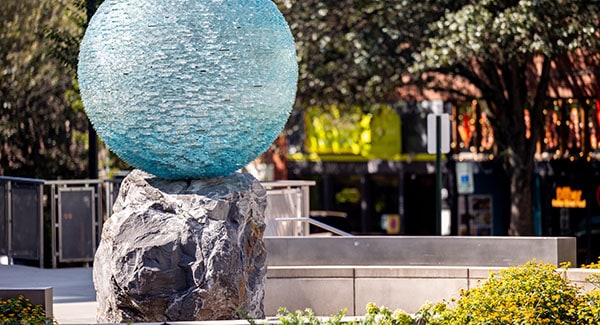
Last Updated on April 2, 2024
For 75 years, the Asheville Art Museum has supported local, regional, and national artists, as well as tens of thousands of visitors who engage with fine art through the institution each year. But how much do you know about this local landmark?
We hope you enjoy this opportunity to reacquaint yourself with its history and some of its most famous artists. Here are four colorful stories about the Asheville Art Museum.
Before the museum, the building housed Pack Memorial Library.
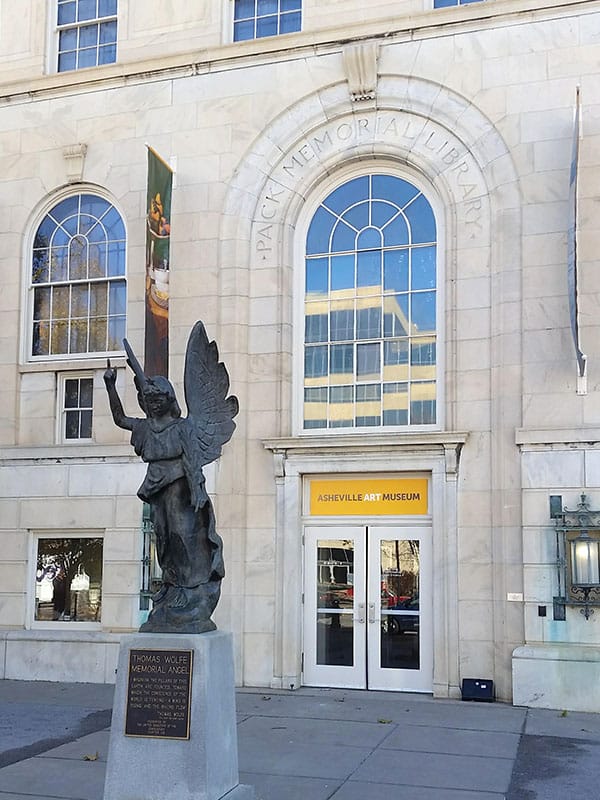
Asheville loves its art, but the city has also been a supporter of public libraries since 1879. In 1911, the first Pack Library was built at the center of downtown and named in honor of the late George Willis Pack (1831–1906), who donated the land for that purpose. Pack was a second-generation lumber merchant who made many philanthropic contributions to the city of Asheville during his 20 years in residence. Pack also established a free kindergarten in town, donated the land for the courthouse and surrounding square, aided hospitals and veterans organizations, and deeded the land for three city parks.
The city’s library facility was moved in 1978 to accommodate its growing collection, but evidence of its previous location is still apparent. For one, the central block of downtown is still known as Pack Square. In addition, above the side entrance of the Asheville Art Museum, you can still read the inscription “Pack Memorial Library.”
The museum underwent extensive renovations from 2016–2019.
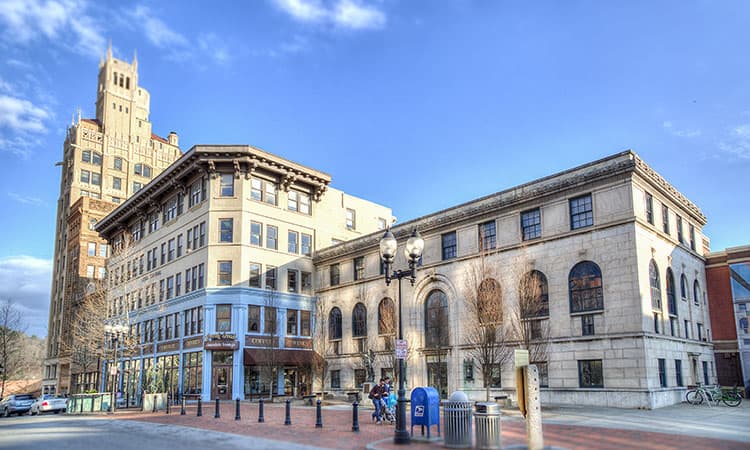
The Asheville Art Museum was recently the site of major construction, undergoing extensive renovations and expansions. Among the projects completed were the historic preservation of the North Wing (the 1926 Pack Library building), renovation of museum spaces, and new construction to transform the museum overall into a cohesive and inviting layout. The museum also added Perspective Cafe, a rooftop lunch bar and sculpture terrace with panoramic city skyline and mountain views. After completing three years of work, the Asheville Art Museum reopened to patrons in November 2019.
Interested in engaging with the arts at your level? The Asheville Art Museum also offers nearly 500 educational programs for adults, families, and educators each year. While many of these make use of the museum’s updated space, others are virtual exhibitions that provide unique exposure to great works of American art beginning in the 20th century.
Asheville Art Museum focuses on 20th and 21st century American artists.

The Asheville Art Museum serves 24 counties of Western North Carolina as the premier institution for visual arts in the region. Its history goes back to 1948, but its focus has always been on modern American art with a “sub-focus on art of particular importance to Western North Carolina.” Among the artists in its permanent collection are several who studied or taught nearby at Black Mountain College, including visual artists Anni and Josef Albers.
In operation from 1933–1957, BMC was an unconventional and self-guided institution, and thus unaccredited. Nevertheless, the college attracted artists, writers, and thinkers from all over, including Albert Einstein (lecturer), Robert Creeley (student and instructor), Jack Kerouac (student and visiting writer), and Buckminster Fuller (instructor). In his classroom, Josef Albers promoted the incorporation of fine arts with craft, and experimentation with deliberation. That approach would have a lasting effect on the focus of the college, and the technique would have long-lasting influences in post-war art.
Asheville Art Museum has an extensive permanent collection, with some very rare pieces.

The Asheville Art Museum’s permanent collection contains more than 7,500 total works and an additional 4,700+ architectural drawings. Since reopening a few years ago, the museum is now able to show close to 10% of its permanent collection at any given time—a percentage in line with other prominent museums.
Among the pieces in the museum’s collection is a painting by Zelda Fitzgerald. Known primarily as the wife of author F. Scott Fitzgerald (This Side of Paradise, The Great Gatsby), Zelda was an accomplished dancer, author, and artist in her own right. Zelda visited Asheville throughout her life and lived much of the last 12 years of her life in town. Tragically, Zelda died in a fire at Highland Hospital, along with eight other women, in 1948. The Asheville Art Museum is proud to have one of her original paintings in its permanent collection. “Japanese Magnolias,” pictured above, was painted in 1945. Today, Zelda’s legacy lives on in Asheville through annual celebrations of her accomplishments each March.
Find what feels like home near the Asheville Art Museum!

With a population of 90,000+, Asheville is the largest city in both Buncombe County and Western North Carolina. Asheville serves as the area’s economic and cultural nerve center in many ways, including as a hub for education, healthcare, local arts and crafts, entertainment, and innovative food and drink. The four-season temperate climate with average snowfall of only 13 inches makes year-round living easy, and the broad range of elevations and corresponding climates and plant growth (both in town and around the area) make it one of the most biodiverse in the United States and the world.
Does that sound like the perfect lifestyle for you? Find what feels like home in Asheville, NC.

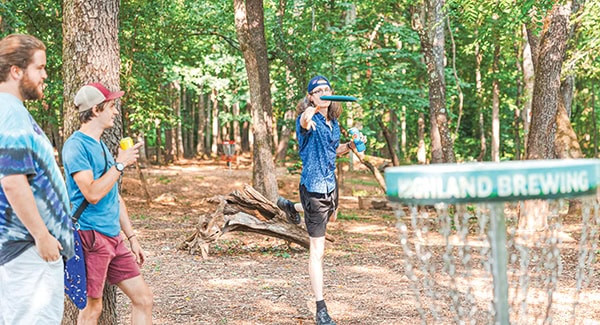
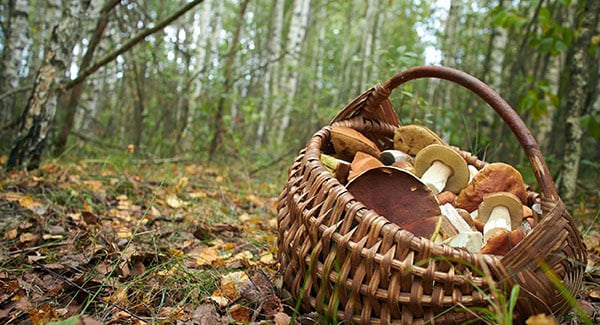

You did not mention how the museum was a movie theatre. I went there in the early 70’s and saw many Disney movies.